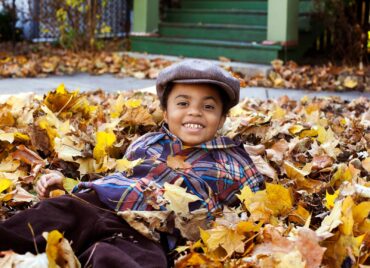 Maple leaves and tree needles are starting to pile up. Do you have a plan for what to do with the excess leaves? Now is a great time to sign up for compost service. Curbside compost service is available to many homes in Kitsap. See if your home is eligible for compost (yard and food waste) service and sign up.
Maple leaves and tree needles are starting to pile up. Do you have a plan for what to do with the excess leaves? Now is a great time to sign up for compost service. Curbside compost service is available to many homes in Kitsap. See if your home is eligible for compost (yard and food waste) service and sign up.
Top five reasons to compost:
- Reduces waste going to the landfill and greenhouse gas emissions.
- Saves valuable nutrients that makes soil rich for growing new plants.
- Compost-rich soil is more resistant to pests, reducing need for pesticides.
- You can include the food scrap waste from your kitchen too.
- It’s convenient, easy and reduces the need for garbage pickup.
If your home address doesn’t have collection services now, don’t worry. It’s coming. In 2020, Kitsap County commissioners passed an ordinance that requires all residents to have access to green yard and food waste collection services by 2026. This year, services were expanded in North Kitsap. All South Kitsap residents will have access to services in 2024 and Central Kitsap in 2026.
In the meantime, if you don’t have service, discover how you can compost at home with backyard and worm composting resources. Both are great options for gardeners, small spaces or those not yet eligible for pickup services. One of the local resources is the Kitsap Master Gardener program, with experts who can answer your questions about composting as well as gardening.
Another great option is to leave the leaves. Here’s what the Kitsap Conservation District says (on its Facebook page): “Leaf litter is an essential component of a pollinator garden. The local butterflies you want to see in your garden next spring may be spending the winter in your leaf litter. At Kitsap Conservation District, we protect overwintering pollinators and your plants by skipping the fall cleanup. By waiting until it has warmed up in the spring and doing a gentle spring cleanup, we protect butterfly and moth chrysalises. The rule of thumb is to wait until temperatures are consistently about 50 F — that’s around late March or early April. Don’t be fooled by an unusually warm day or two before that time. By removing leaves and other plant material too early, you risk destroying many of your pollinators.” Learn more at xerces.org.









